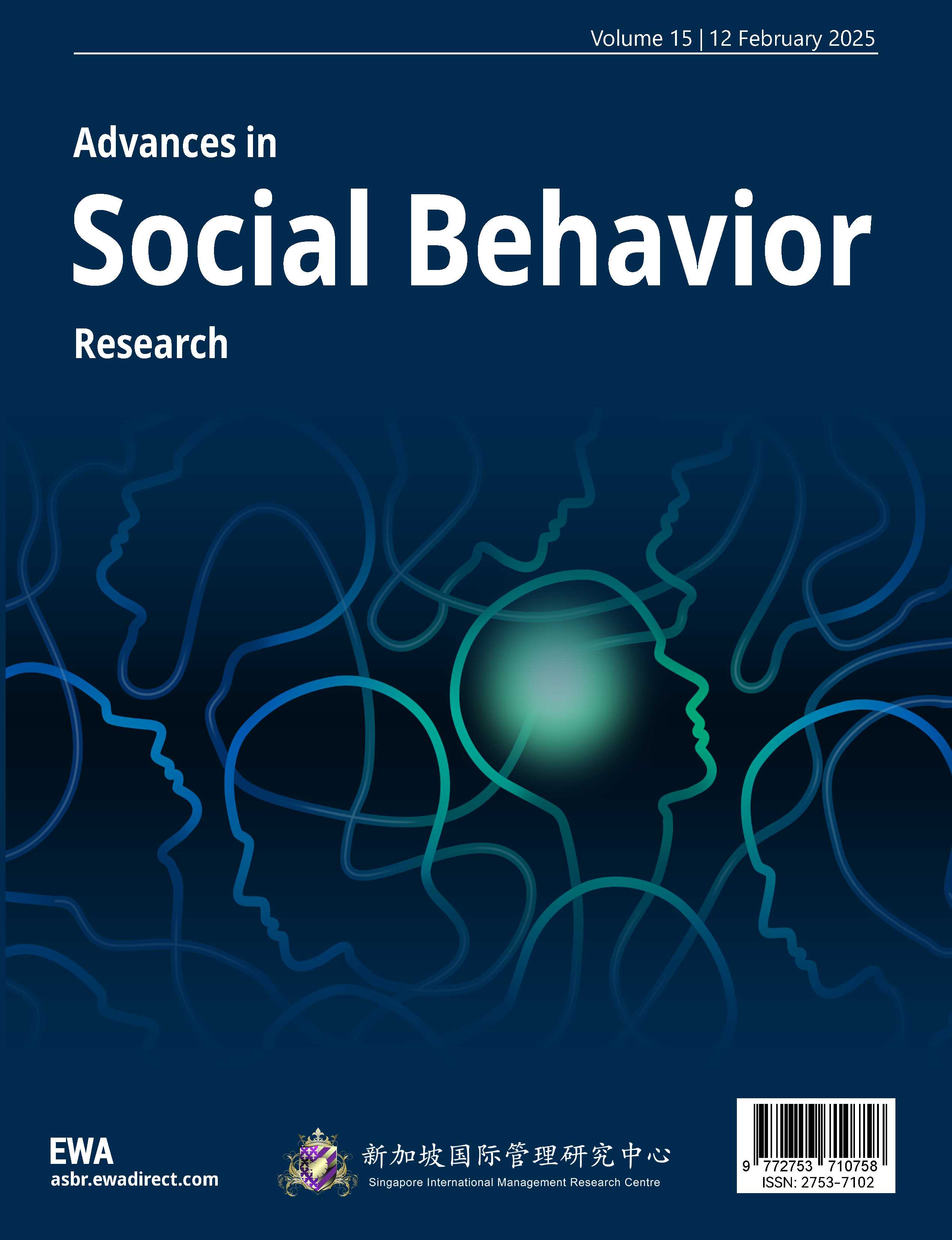1 Introduction
The proportion of families with preschool children keeping pets is increasing nowadays. Married families with children have an increasing proportion of pet owners at different stages of their children's growth, especially in the preschool stage where families may be more inclined to keep pets to accompany their children. It is well documented that families with pets have a positive impact on children's growth. For example, children from families with pets feel less lonely. According to the literature, 12.0% of children feel lonely at home alone, 80.2% do not feel lonely, and 38.7% and 52.2% of children do not own pets; Children who keep pet dogs have a stronger desire to share. And children who keep pet dogs are more willing to take care of young children. According to the literature, 40.1% are very willing to take care of others, while 49.7% are willing. 10.2% of children are unwilling to take care of others, while 3.7%, 47.4%, and 28.9% of children do not keep pets [1]. Obviously, pets have a great impact on children's growth. Children's picture books can serve as effective tools for educating parents and children on how to interact with pets. Firstly, safety is important, and parents should be aware of and learn about the dangers that pets may bring to their children, such as scratching and biting. Therefore, appropriate preventive measures and educational methods need to be taken to ensure the safety and health of both. Secondly, parents should also be aware of the positive impact of pets on children. For example, pets can bring happiness and companionship to children, and improve their mental health. Through interaction with pets, children can learn love and responsibility, and cultivate good emotional and social skills. As a medium of dissemination, it is worth exploring and researching how to popularize pet knowledge to parents and children through picture books.
This article aims to conduct research and analysis on pet science popularization and the related needs of preschool children. This article will explore effective methods for preschool children to interact with pets through specific practical content, such as Meeting New Friends, and how these methods can be demonstrated through picture books. The specific research methods of this paper include literature analysis and review, and questionnaire survey. This paper will analyze the theoretical basis of pet science popularization and study the needs of preschool children; Through a questionnaire survey, this study will collect public opinions and experiences on using picture books to educate preschool children about pets; Through picture book practice, present the conclusions drawn from the research.
The significance of this study is to use picture books to help preschool children learn how to properly interact with pets, and to stimulate children's empathy and curiosity. This study can cultivate preschool children's cognition of pet appearance and color in terms of color and drawing. For parents, using picture books as a tool that is easy for preschool children to understand can promote communication between parents and preschool children, and bring parent-child relationships closer. In the future, researchers who focus on pet science popularization for preschool children can also refer to the relevant research in this article using picture books as an example.
2 The Theory of Pet Science Popularization and its Research on Preschool Children
2.1 Theory of Pet Science Popularization
The author searched for "pet science popularization" on CNKI and Wanfang, and also searched for "Pet Science Popularization" on Web of Science. The existing literature can be roughly divided into pet disease prevention and control, and pet domestication methods.
In research related to pet disease prevention and control, researchers believe that the first step is to clarify the direction of science popularization for families raising different types of pets. Secondly, it should be targeted and focus on introducing common diseases. The most important thing is that the form is concise, and the focus of science popularization should be on providing a concise introduction to the symptoms, causes, diagnosis, and treatment of pets after they become ill.
In the research on pet domestication methods, researchers have proposed that pet domestication needs to follow its basic principles: psychological principles, motivational principles, behavioral controllability principles, gradual training principles, and reasonable nutrition principles [2-3].
2.2 Research on Pet Science Popularization for Preschool Children
2.2.1 Pet Science Popularization Needs for Preschool Children
This study conducted a questionnaire survey to gain a deeper understanding of parents' attention, needs, and educational significance towards picture books related to "pet science popularization" for preschool children. Researchers hope to reveal the needs of parents of preschool children when choosing picture books, as well as their views on pet science education. The target audience of this questionnaire is parents with preschool children, as shown in Table 1. The expansion of the problem revolves around children's preferences and parents' choices. A total of 109 valid samples were obtained. The data extraction, processing, and analysis tool is Wenjuanxing.
Table 1. Display of questionnaire questions
1 Does your child enjoy reading picture books? |
Yes No |
2 What types of picture books do you usually choose for your children? |
Fairy tales Adventures Science popularization Animals Others: |
3 Is your child interested in pets? |
Yes No |
4 Do you guide and educate children to interact with pets in their daily lives? |
Yes No |
5 How do you think your child understands pets? |
Very well A little Completely unfamiliar |
6 What do you think is the educational significance of pet science popularization picture books for children? |
Important Average Unimportant |
7 Would you be willing to pay for pet science popularization picture books? |
Yes No |
8 What are your expectations and suggestions for pet science popularization picture books? |
According to the survey results, most parents believe that pet science popularization picture books are of great significance in their children's education and are willing to pay for them. This indicates a strong demand for pet science popularization picture books in the market, and also reflects that parents hope to use picture books to let their children understand pets and how they interact with them.
Firstly, 98.15% of the surveyed children enjoy reading picture books. Among them, science popularization picture books account for 69.44%. This indicates that popular science picture books have a wide audience. And 90.74% of preschool children showed an interest in pets, while 80.56% of respondents indicated that they would guide and educate children to interact with pets in their daily lives. However, 67.59% of parents believe that their children have little knowledge about pets, 28.7% of parents believe that their children have a good understanding of pets, and only 3.7% of respondents say they have "no knowledge at all" about pets. This proves that most parents have educational awareness but have not achieved ideal results. And 62.04% of the respondents believe that pet science popularization picture books have important educational significance for children, 37.04% of the respondents think it is "average", and only 0.93% of the respondents choose "unimportant". This indicates that most people have a positive attitude towards the role of pet science popularization picture books in preschool education, and pet science popularization picture books are in line with market demand. In the results of market related issues, 78.7% of respondents expressed willingness to pay for pet science popularization picture books, while 21.3% of respondents were unwilling to pay. This indicates that the theme has a high acceptance and potential consumption willingness in the market.
According to the survey results, the following conclusion can be drawn: most respondents would choose science popularization picture books. Picture books are attractive to preschool children. And most preschool children are interested in pets. Most parents also provide guidance and education, but a significant proportion of respondents believe that they have insufficient knowledge about pets. The educational significance of pet science popularization picture books has been affirmed by most respondents, and they are willing to pay for picture books on their themes. In summary, pet science popularization picture books have wide recognition and demand among parents and children, and are not only worthy of further research but also need to be developed and promoted.
2.2.2 Research on Designing Picture Books for Preschool Children
For picture books with the theme of "Pet Science Popularization", parents' expectations and suggestions mainly focus on increasing interest, being close to life, paying attention to children's preferences, including scientific knowledge, and having educational significance. At the same time, they also mention content such as pets' habits, personality traits, behavioral habits, and hope that picture books can be presented in an anthropomorphic way and interpreted from different perspectives to convey positive values.
Researchers searched for "popular science picture books" and "children's picture book design" as keywords on CNKI and Wanfang. The existing literature can be roughly divided into: the current situation of popular science picture books, and the design and creation of popular science picture books.
In the study of the current situation of science popularization picture books, it can be found that the proportion of science popularization is seriously insufficient. Researchers have found that cultural traditions and moral education picture books dominate the original children's picture book market in China, while the proportion of popular science knowledge and teaching aids picture books is relatively small [4].
In the research on the design and creation of popular science picture books, researchers point out that the following aspects should be considered when designing picture books: designers should pay attention to content selection. To fit the cognitive level of children, choose simple and easy-to-understand content. Add vivid and interesting characters while making the scene more lifelike. Designers should also pay attention to formal design, with a concise page layout and clear emphasis on key points. At the same time, emotional guidance, durable materials, and appropriate sizes are also key. Emotional guidance can enhance children's understanding and memory of knowledge, materials can avoid children's destruction, and appropriate sizes can facilitate the presentation of content in children's eyes [5].
3 Practice of Preschool Children's Picture Books from the Perspective of Pet Science Popularization - Taking Meet New Friends as an Example
This paper mainly explores the issue of pet science popularization of picture books for preschool children. The following text will take Meet New Friend as an example to focus on how to design the plot, set roles, and demonstrate the practical application of pet science popularization picture books.
3.1 Design Concept
Meet New Friends achieves the educational goal of pet science popularization through storytelling, helping preschool children understand the lifestyle of pets and ways to interact with them. It also helps to stimulate children's curiosity about pets, enlighten their exploration of life, and cultivate their sense of responsibility and love.
3.2 Character Design
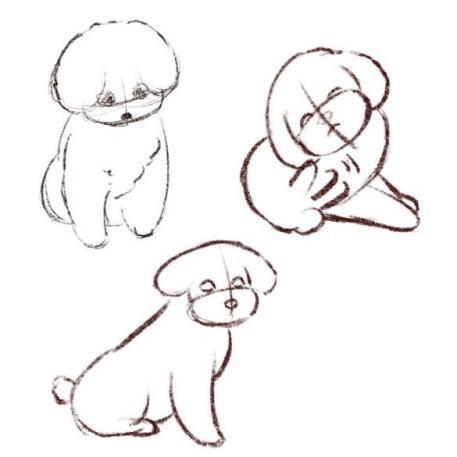
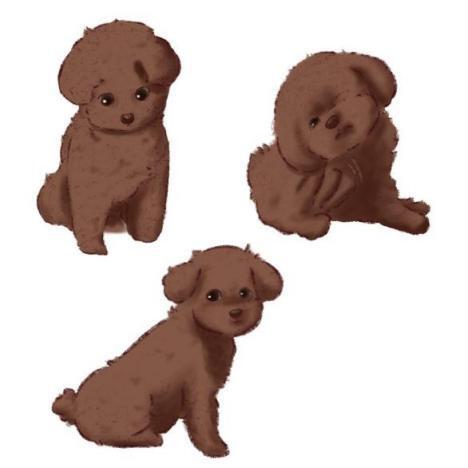
Figure 1. Character design diagram for the character "Bella"
As shown in Figure 1, this is Bella's character design draft and finished product, showing front and side sitting postures, as well as a dynamic image.A young teddy dog named Bella, with brown curly fur and black eyes, appears in the story as a good friend of the "little friend".
3.3 Story Design
The story design of Meet New Friends is also very clear and complete. It tells the story of a child's parents bringing back a little dog named Bella. As a new friend, Bella will tell the child what things to do and what things can harm herself or the child during their interactions. For example, when children become curious and want to touch, Bella will tell them "You can gently stroke my head" and "My fur is very soft, don't pull hard". In the picture book, she will use simulation materials in the purple marked areas to imitate dog fur and toys, allowing children to feel and learn through touch (see Figure 2).
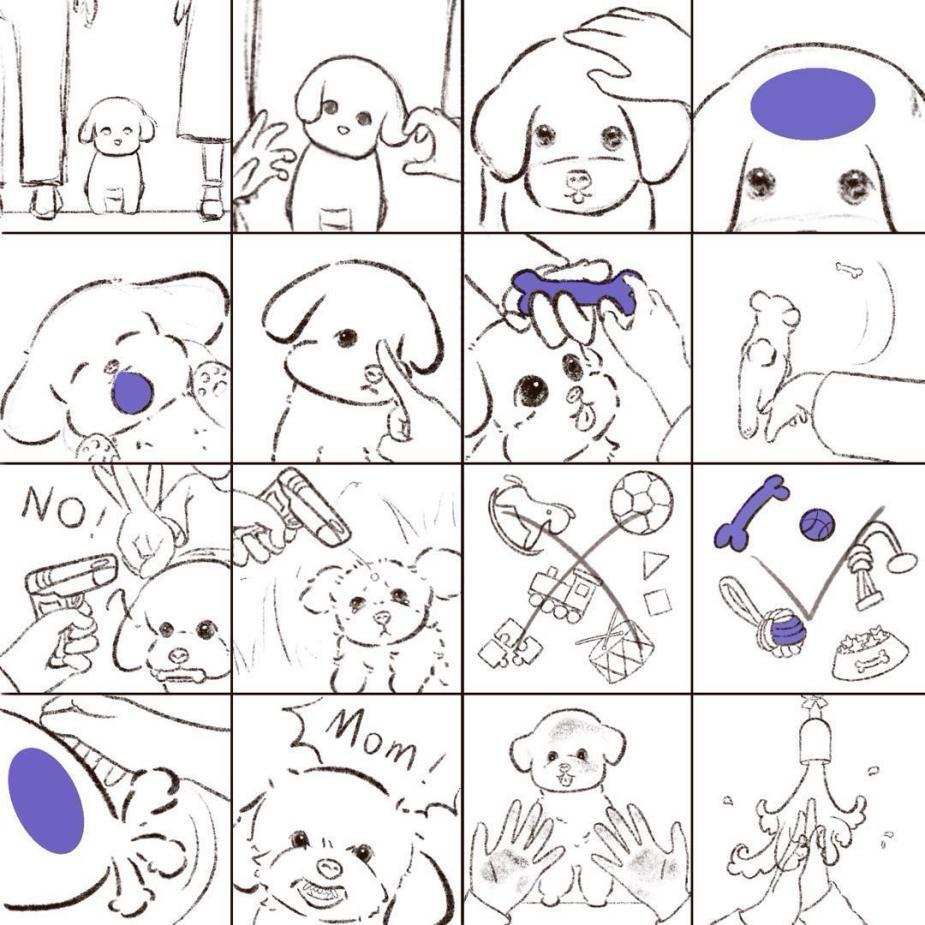
Figure 2. Meet New Friends story board
3.4 Picture Book Display

Figure 3. Bella's First talk with the Child
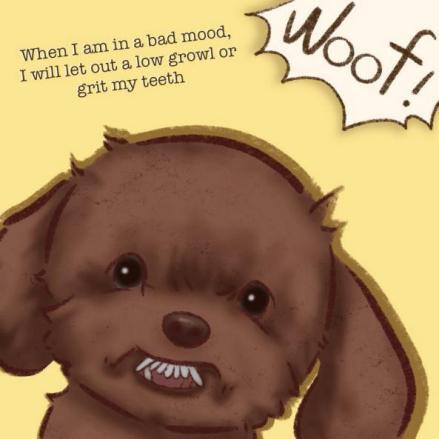
Figure 4. Bella's scene explaining her anger to the child
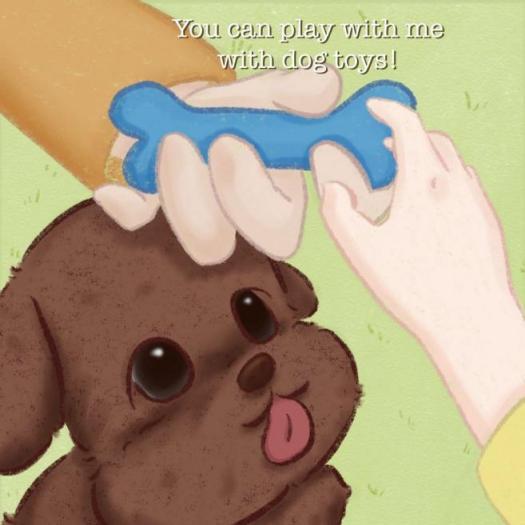
Figure 5. Bella tells children how to play
As shown in Figure 2, this storyboard displays the specific content of each image, presenting the story of a child and Bella from getting to know each other to learning how to get along.
As shown in Figure 3, this picture shows a child hearing Bella's invitation to play together.
As shown in Figure 4, this picture shows Bella's behavior when telling her child that it is angry.
As shown in Figure 5, this picture shows Bella teaches children how to use dog toys.
Picture book stories consist of simple visual elements and textual introductions, making them easy for children to read and understand. The color composition is rich and vivid, and the characters are drawn using cute cartoon images, which can arouse children's interest in reading.
4 Conclusion
This study explored the role of pet science popularization picture books in promoting children's cognitive development and emotional cultivation through questionnaire surveys and literature review. Research has found that vivid pictures and concise text can effectively enhance children's understanding of pets. Through the storyline, preschool children can not only learn interactive methods and pet knowledge, but also cultivate empathy and have a positive effect on positive emotions. In addition, the study also found that parental involvement is crucial in the selection of picture books and is a key factor in improving science education. This paper did not conduct in-depth research on specific issues related to different preschool children, and only explored them from a public perspective.
This study can provide a reference for pet science popularization to preschool children's picture book creators. It is hoped that more libraries and educational institutions can increase the number of pet science popularization picture books and hold related themed activities. Parents can actively participate in their children's reading process and deepen their understanding of pet knowledge through discussions.
References
[1]. Zhou, X., Zheng, R., & Fu, N. (2008). The relationship between pets and children's social emotions. Dog and Cat World · Baijia Forum, Global Pet Technology, 2008(2), 26.
[2]. Li, Y. (2019). Promoting scientific knowledge and valuing the prevention and control of diseases in cats and dogs - A side note on the popularization and promotion of disease prevention and control knowledge in domestic cats and dogs. Hubei Animal Husbandry and Veterinary Medicine, 40(7), 36.
[3]. Zhu, G., Zhou, C., & Xu, Y. (2024). The influence of training methods on pet behavior. China Animal Health, 115.
[4]. Gao, F. (2024). Research on the current status of topic selection for Chinese original children's picture books. Comparative Study of Cultural Innovation, Cultural Industry Issue, 2024(26), 107.
[5]. Wang, Y. (2024). Research on the design strategy of young children's safety education picture book. Toy World, Research & Development of Toys, 2024(9), 45-46.
Cite this article
Zhang,Y. (2025). Study on picture books for preschool children from the perspective of pet science—Take Meet New Friends as an example. Advances in Social Behavior Research,15(1),49-54.
Data availability
The datasets used and/or analyzed during the current study will be available from the authors upon reasonable request.
Disclaimer/Publisher's Note
The statements, opinions and data contained in all publications are solely those of the individual author(s) and contributor(s) and not of EWA Publishing and/or the editor(s). EWA Publishing and/or the editor(s) disclaim responsibility for any injury to people or property resulting from any ideas, methods, instructions or products referred to in the content.
About volume
Journal:Advances in Social Behavior Research
© 2024 by the author(s). Licensee EWA Publishing, Oxford, UK. This article is an open access article distributed under the terms and
conditions of the Creative Commons Attribution (CC BY) license. Authors who
publish this series agree to the following terms:
1. Authors retain copyright and grant the series right of first publication with the work simultaneously licensed under a Creative Commons
Attribution License that allows others to share the work with an acknowledgment of the work's authorship and initial publication in this
series.
2. Authors are able to enter into separate, additional contractual arrangements for the non-exclusive distribution of the series's published
version of the work (e.g., post it to an institutional repository or publish it in a book), with an acknowledgment of its initial
publication in this series.
3. Authors are permitted and encouraged to post their work online (e.g., in institutional repositories or on their website) prior to and
during the submission process, as it can lead to productive exchanges, as well as earlier and greater citation of published work (See
Open access policy for details).
References
[1]. Zhou, X., Zheng, R., & Fu, N. (2008). The relationship between pets and children's social emotions. Dog and Cat World · Baijia Forum, Global Pet Technology, 2008(2), 26.
[2]. Li, Y. (2019). Promoting scientific knowledge and valuing the prevention and control of diseases in cats and dogs - A side note on the popularization and promotion of disease prevention and control knowledge in domestic cats and dogs. Hubei Animal Husbandry and Veterinary Medicine, 40(7), 36.
[3]. Zhu, G., Zhou, C., & Xu, Y. (2024). The influence of training methods on pet behavior. China Animal Health, 115.
[4]. Gao, F. (2024). Research on the current status of topic selection for Chinese original children's picture books. Comparative Study of Cultural Innovation, Cultural Industry Issue, 2024(26), 107.
[5]. Wang, Y. (2024). Research on the design strategy of young children's safety education picture book. Toy World, Research & Development of Toys, 2024(9), 45-46.





